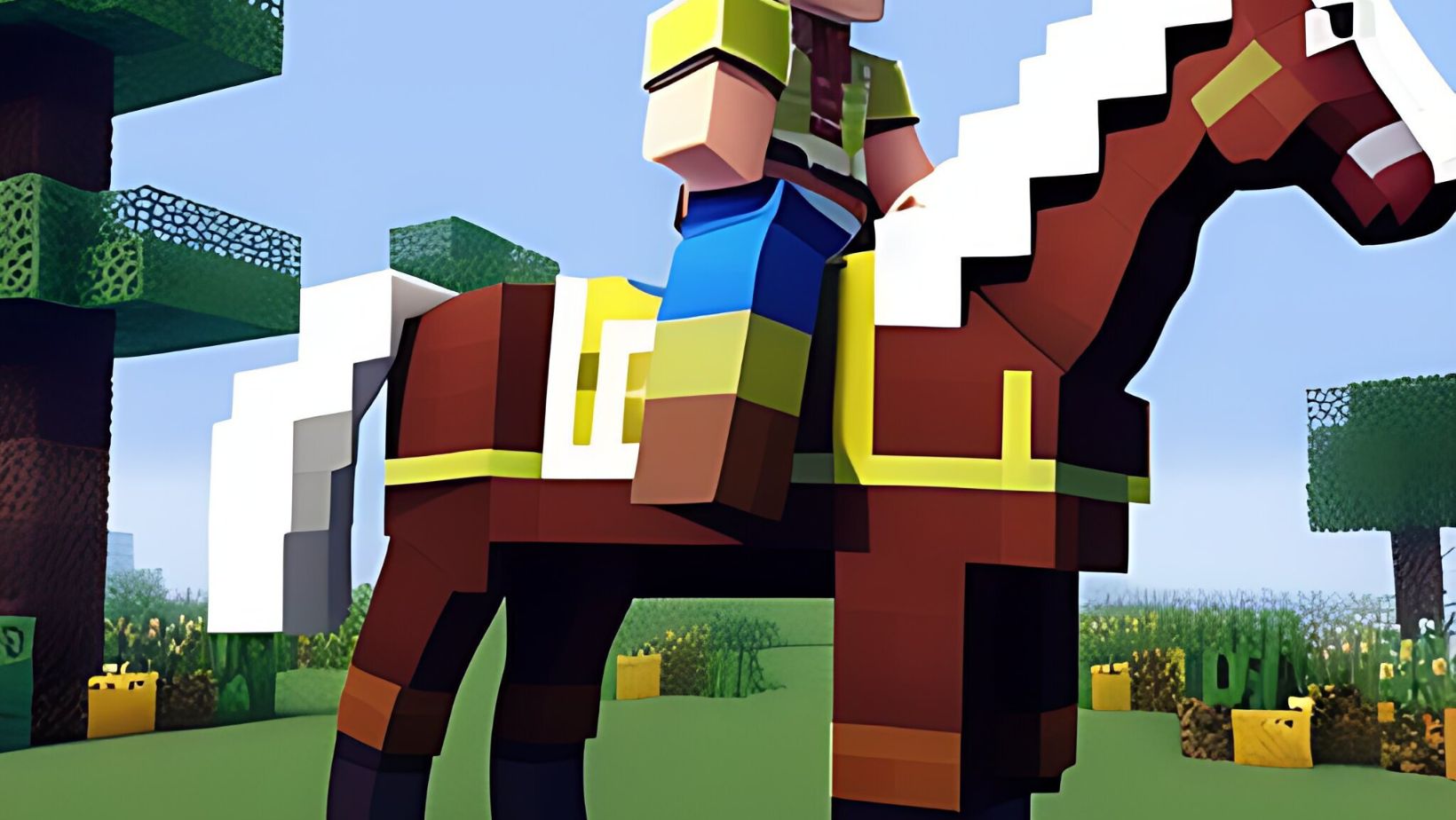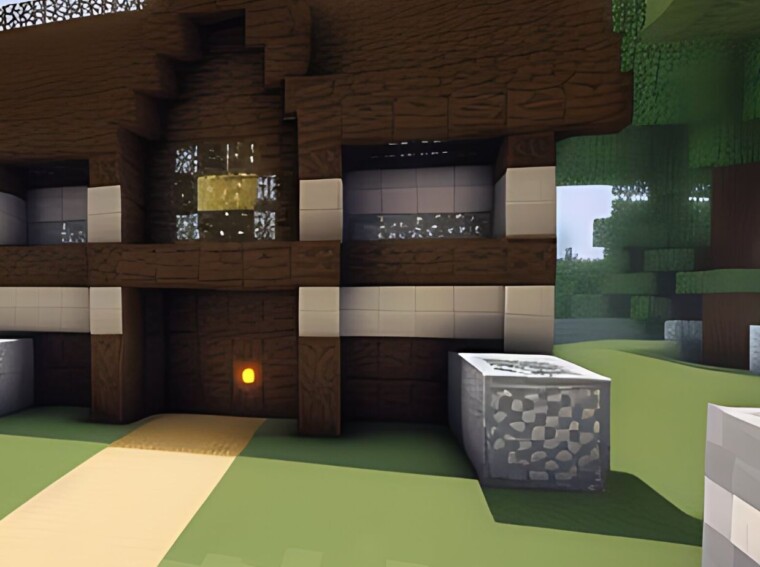How to Find Chunk Borders in Minecraft Bedrock
Chunk borders are essential for various reasons. They help you optimize resource gathering, plan large-scale builds, and even locate specific structures like villages or strongholds. So, let’s dive right in and discover how to identify these chunk borders.
One effective method is to use the F3 debug screen. By pressing the F3 key (or Fn + F3 on some keyboards), a detailed overlay will appear on your screen. Look for the “XYZ” coordinates section, specifically the “Chunk” information. The first number represents the X-coordinate of your current position within a chunk, while the second number indicates the Z-coordinate. As you move around, these values will change accordingly. Pay attention to when they shift abruptly; that’s where one chunk ends and another begins.
Another approach involves using external tools such as third-party mapping software or mods designed explicitly for locating chunk borders. These tools provide visual representations of chunks on an overhead map or even directly in-game through overlays or colored grid patterns. With such assistance, you can quickly identify chunk boundaries without having to rely solely on manual observation.
Using Coordinates to Identify Chunk Borders
Using Coordinates to Determine Chunk Borders
In Minecraft Bedrock, coordinates play a crucial role in helping players navigate and understand the game world. When it comes to finding chunk borders, coordinates are an invaluable tool. They allow us to pinpoint specific locations and determine where one chunk ends and another begins.
To identify chunk borders using coordinates, follow these steps:
- Step 1: Locate a reference point – Find a fixed location that you can use as a reference point. This could be your home base or any other easily identifiable landmark.
- Step 2: Note down the coordinates – Once you have your reference point, take note of its X, Y, and Z coordinates. These three values represent the horizontal (east/west), vertical (height), and lateral (north/south) dimensions of the Minecraft world.
- Step 3: Traverse along each axis – Move away from your reference point in each direction while keeping track of the changing coordinates. Pay attention to when there is a significant change in the coordinate value for any axis.
- Step 4: Observe changes in terrain – As you move through different chunks, observe any noticeable changes in terrain generation or biome distribution. These variations indicate that you have crossed over into a new chunk.
By carefully observing the coordinate values and terrain changes, you can accurately identify where one chunk ends and another begins within Minecraft Bedrock.
Understanding The Coordinate System in Minecraft Bedrock
To effectively utilize coordinates for identifying chunk borders, it’s essential to have a solid understanding of how the coordinate system works in Minecraft Bedrock.
The coordinate system consists of three axes:
- X-axis: This axis represents east-west movement within the game world.
- Y-axis: The Y-axis determines height or vertical position.
- Z-axis: The Z-axis accounts for north-south movement.
Each axis corresponds to a specific coordinate value, which allows players to precisely locate themselves within the game world. The coordinates are displayed in numerical values and can be positive or negative, depending on the direction of movement along each axis.

Examining Terrain Changes at Chunk Borders
Analyzing Chunk Generation in Minecraft Bedrock
When exploring the vast and dynamic world of Minecraft Bedrock, it’s not uncommon to come across terrain changes at chunk borders. These transitions can sometimes be jarring, with stark variations in landscape features, such as uneven terrain or abrupt biome shifts. In this section, we’ll delve into the process of analyzing chunk generation in Minecraft Bedrock and uncover some insights on how to find chunk borders.
Chunk generation is an essential aspect of Minecraft’s procedural world creation. The game divides the entire world into smaller sections called chunks, each measuring 16 blocks wide, 16 blocks long, and up to 256 blocks tall. These chunks are generated dynamically as players explore new areas or when the game needs to load new terrain.
To understand chunk borders better, it’s crucial to examine how these chunks are generated by the game engine. Minecraft Bedrock uses an algorithm known as “Perlin noise” to generate various terrain features like biomes, mountains, caves, and more. This algorithm ensures that each chunk has its distinct characteristics while still maintaining a sense of coherence throughout the world.
Another clue for finding chunk borders is through visual cues like sudden alterations in elevation or irregularities in terrain patterns. You may encounter jagged cliffs or oddly shaped hills where two different chunks meet. These anomalies can provide valuable hints about where one chunk ends and another begins.
In conclusion, finding chunk borders in Minecraft Bedrock can be a valuable skill for players looking to optimize their gameplay experience. By understanding and identifying these boundaries, you can effectively plan and strategize your builds, resource gathering, and exploration. By mastering the art of finding chunk borders in Minecraft Bedrock, you’ll gain a deeper understanding of the game’s mechanics and be able to optimize your gameplay in exciting ways. So go ahead and venture forth with confidence, armed with this newfound knowledge. Happy exploring!


